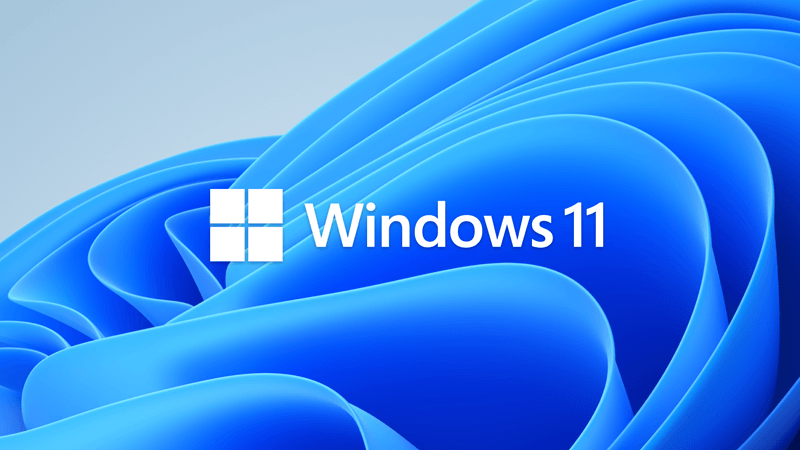The easy way is to download the ISO and use Rufus to create a patched USB flash drive that bypasses compatibility checks. Then boot from that USB and start Setup. The other option (mostly useful for virtual machines to avoid creating a USB flash drive), is to download the ISO and create a USB flash drive without patching (or just mount it if installing in virtual machine). On first setup screen or next one, you should see an option to use the old Setup interface. (at least there is one such option in 24H2). Select it, just in case, and then press SHIFT+F10 to open a Command Prompt. Execute regedit to open Registry Editor and then follow these instructions:
Find this key:
HKEY_LOCAL_MACHINE\SYSTEM\Setup
Create new key LabConfig inside the Setup.
Create DWORD (32 Bit) BypassTPMCheck and set to 1
Create DWORD (32 Bit) BypassSecureBootCheck and set to 1
Create DWORD (32 Bit) BypassRAMCheck and set to 1
Create DWORD (32 Bit) BypassCPUCheck and set to 1
Create DWORD (32 Bit) BypassStorageCheck and set to 1
(You can apply only the ones you need, but I apply them all just in case)
Close the registry and proceed with Setup, compatibility check is bypassed.
This Registry hack works in Windows 11 21H2, 22H2, 23H2 and 24H2 for clean installation. To upgrade use the server method.







